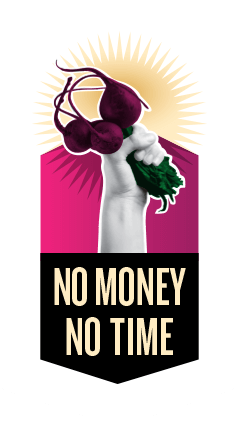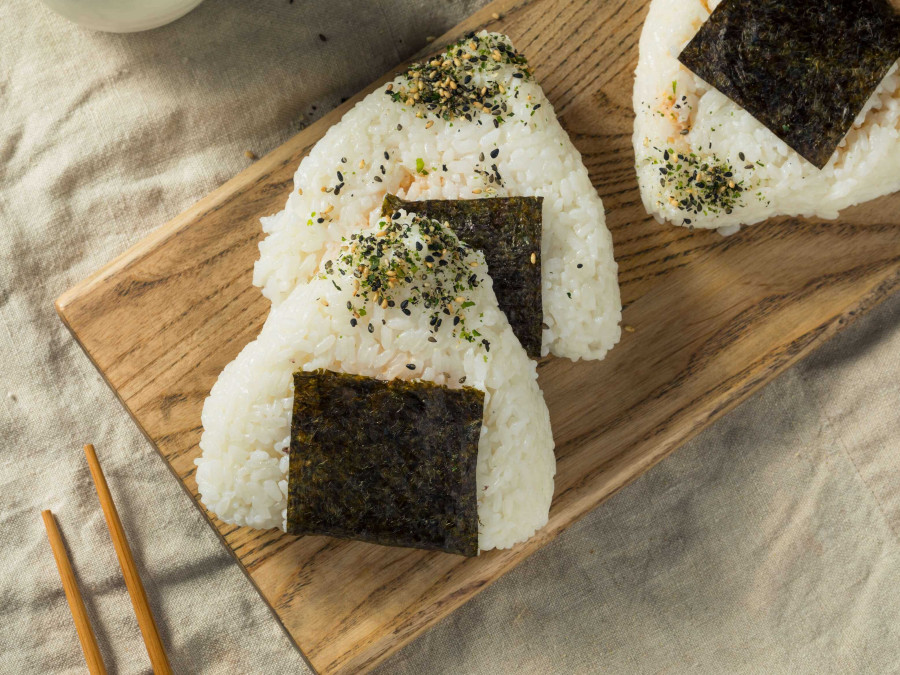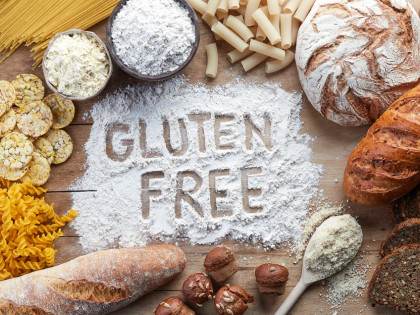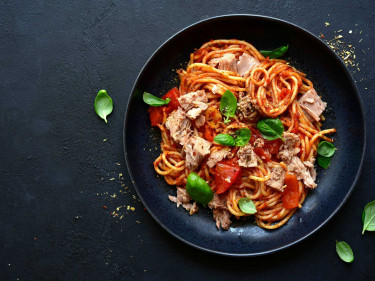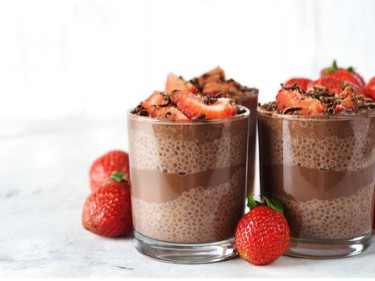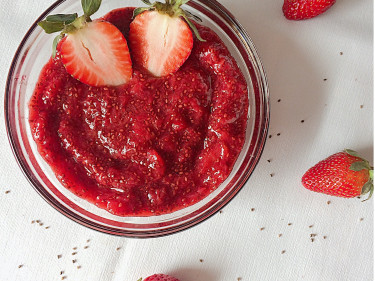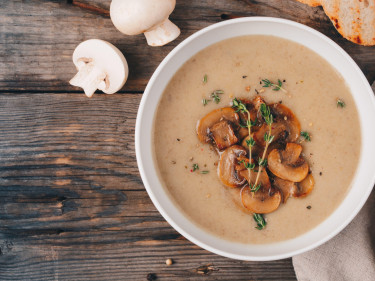Serves = 3
- 1 cup sushi (preferably) or medium grain rice
- 1.5 cups of water
- 185g tuna in spring water, drained
- 2 Tbsp Japanese mayonnaise (or whole egg mayonnaise)
- 1 Tbsp sriracha
- ¼ Lebanese cucumber, diced
- 1-2 seaweed sheets
- Optional: sushi seasoning and sesame seeds or furikake

